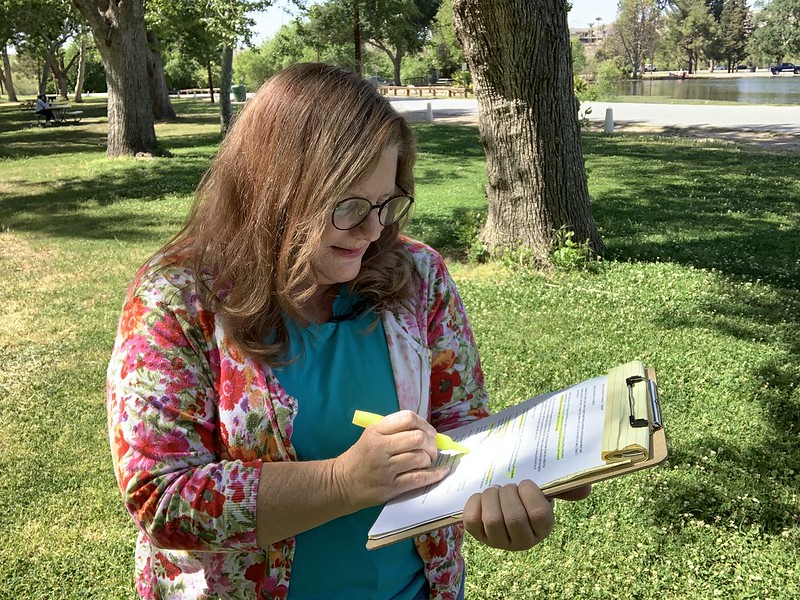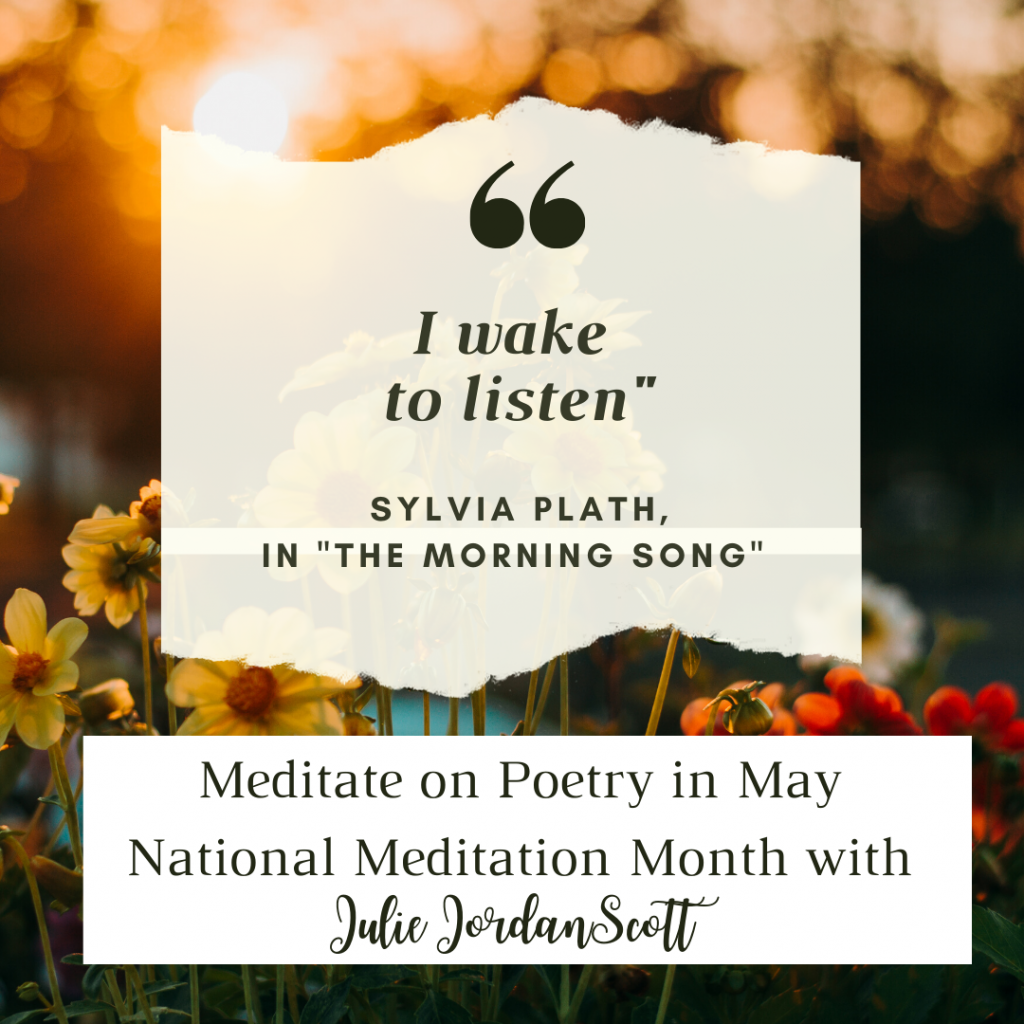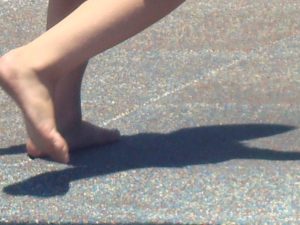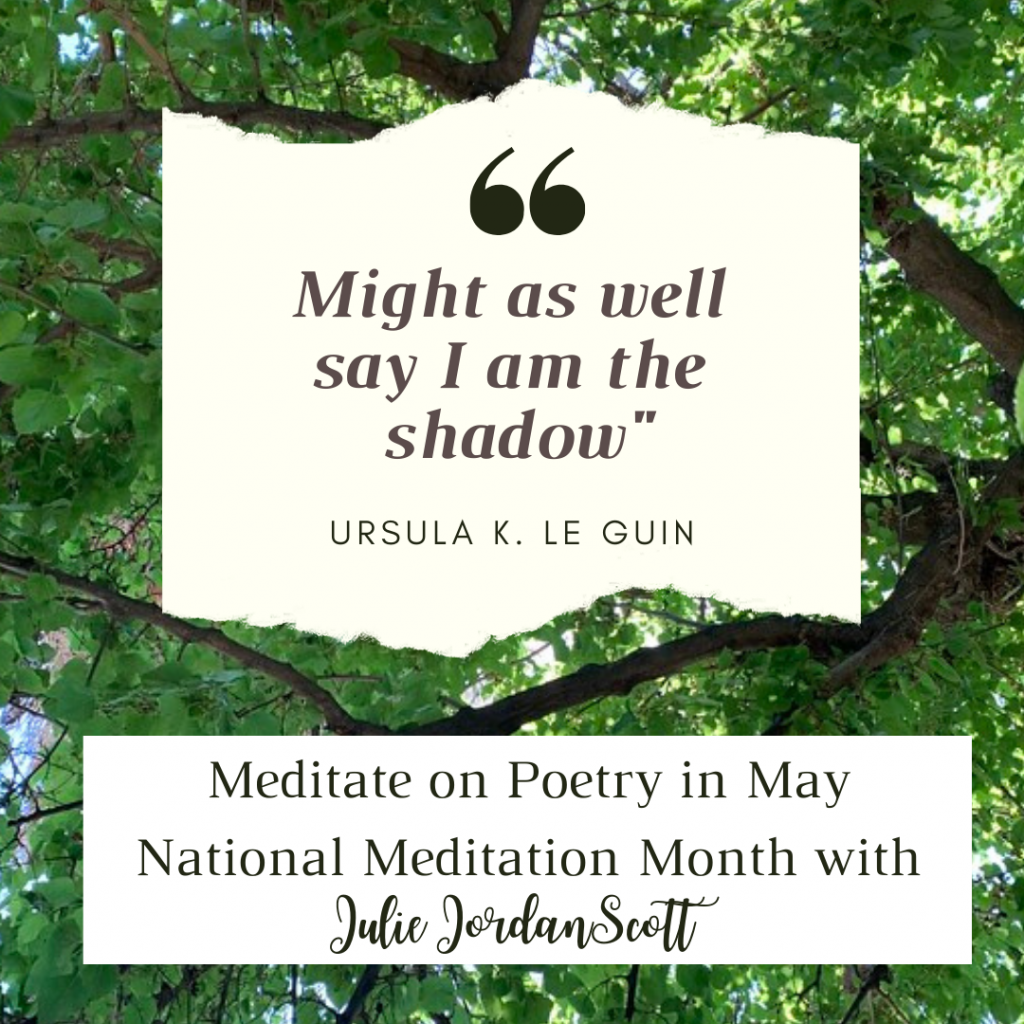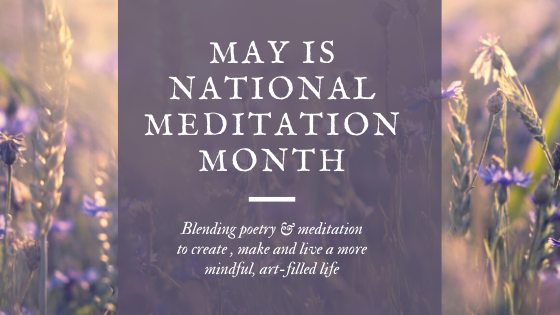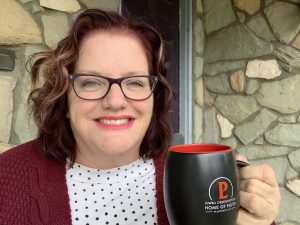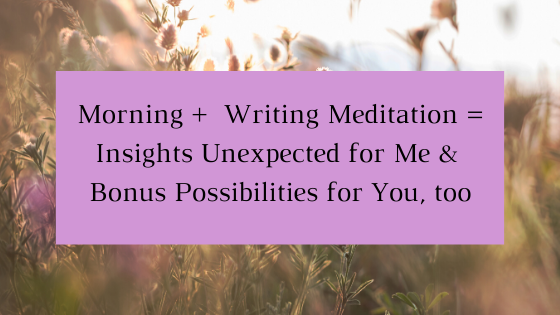
Morning writing time: coffee is beside me, a timer is set. All my metaphorical cards are on the table beside a quote, a line of poetry. “It is so near to the heart, an eternal pasture,” from poet, Robert Duncan.
I’ve allotted five minutes to write meditatively so I write. I write free-flow style, not thinking or editing, just allow whatever wants to be heard to be heard without judgment. Can only five minutes of writing do any good?
Writing Meditation Doesn’t Have to Take a Lot of Time
The words come from my keyboard and a memory pops up, quite happily and next, a painful memory right on its heels. “What are you thinking, having a good memory? Who do you think you are? You know you aren’t worthy of good memories or happy times or God forbid, nice things! Get off your high horse!”
Whoa, whoa, whoa, whoa!
Who is running the show here? Is it the smart, funny, woman labeled as brave and capable leader by quite a few people? Is it instead this nasty alternative voice roaming about her head, roping up her truthful, constructive, happy thoughts in attempt to put them in thought quarantine?
Sometimes the Voices that “Speak Up” in Meditation Surprise Us – and it is all a good thing.
My eyes look up and catch a typo. “Heals” in place of “heels” which is precisely what I decided today as I drove home from my daily haiku discovery time.
“That’s it!” I declared earlier, as I drove home. “I am done with being mean and belittling to myself. It is poison!” Thoughts begin the healing. Actions are the glue which keep the healing together as they begin to build a foundation.
Did you notice how mistakes made during meditation showed a-ha’s downloaded as a result?
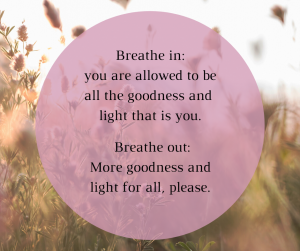
It is so near to the heart, this healing, this lying down and resting time, this peace, this pleasantness, this receiving of grace.
I look up from the keyboard and watch a man walk by my house in a grey and red track suit. It is cold outside today – unusual in Bakersfield at this time of year. I see my sprinkler water, feeding the hungry soil. Another typo – feeding the hungry soul.
Soil and soul, only one letter different.
Today I am being aware of openings, alert to spaces as they speak to me. I am inviting synchronicity and light to tap me on my shoulder or draw me close in a hug, whispering “Look, over here,” as has happened several times today.
I invite you to do the same.
We’re taught typo’s are bad: not so in meditative writing.
Look at the typos I’ve written as evidence. I wrote heals instead of heels, like high heals on a shoe or heals as in the back of my foot.
I wrote soul as in my interior self versus soil, the place where plants grow.
Truthful, constructive, capable, happy is who I am. God (in whatever name you prefer: nature, love, universe, divinity, creator) is definitely not forbidding me from anything good or right or holy or me being exactly me.
Now – as in the present place I am in, is forever my eternal pasture, near to my heart, when I engage with it like I am this morning.
Does that make sense? Would it be helpful to say more?
Let’s say what I just said, slightly differently.
I invite you to do the same.
Truthful, constructive, capable, happy is who I am. God (in whatever name you prefer: nature, love, universe, divinity, creator) is definitely not forbidding me from anything good or right or holy or me being exactly me, as you are allowed to be all the goodness and light that is you.
You are allowed to be all the goodness and light that is you.
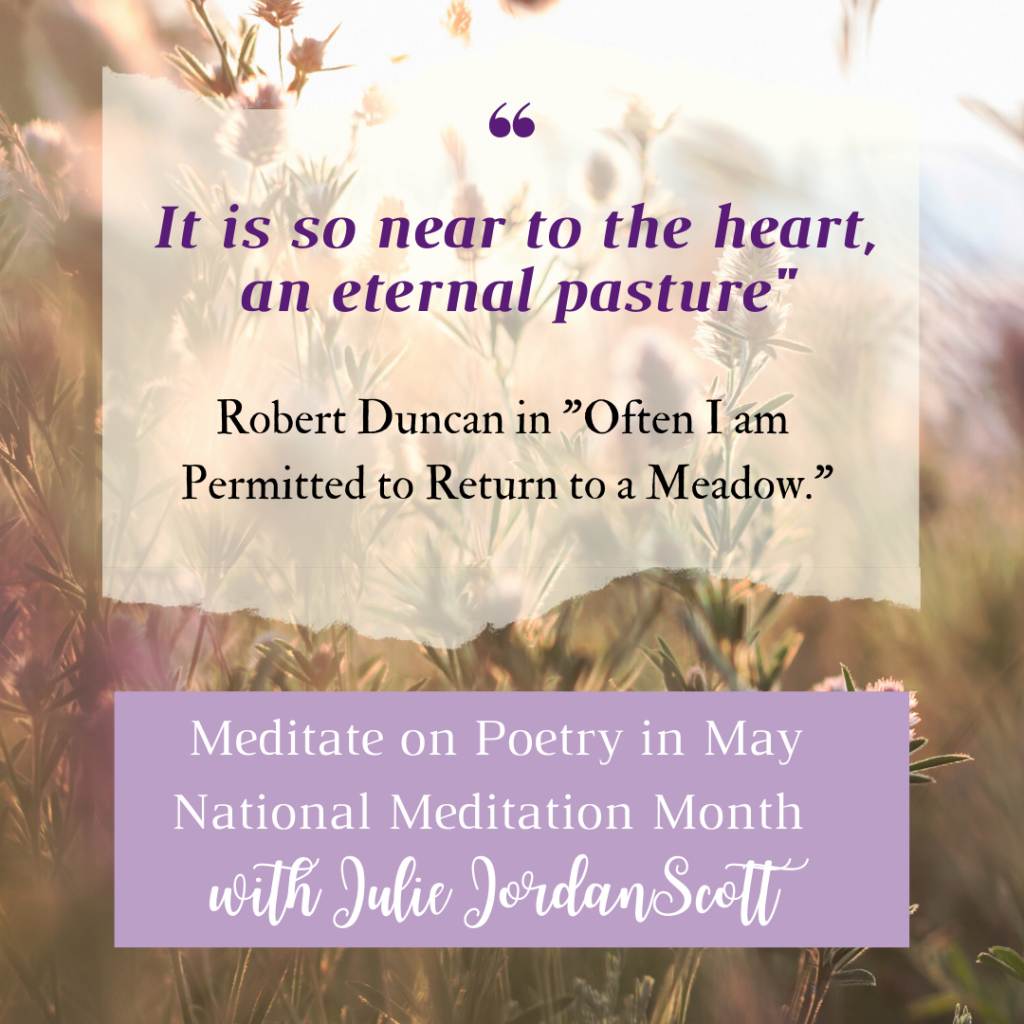
I’ll dip back into meditation for a bit – and trust you are choosing not to listen to any nasty, alternative voices and are instead replacing it with the capable, strong, courageous person you know yourself capable of being and becoming, starting here and now.
To read the poem by Robert Duncan, visit here at the Poetry Foundation Website.
Julie JordanScott was a writer before she was literate – she would dictate letters to her very patient mother which she would then copy using the wide, kindergarten style crayons that come 8 in a box. It is no surprise Julie turned to poetry following the after-effects of Valley Fever and a near death experience. A single question, asked earnestly while watching the sunrise out her Alta Vista Drive living room window, “What can I do to feel better?” marked the beginnings of this body of work. For 377 consecutive days, Julie wrote a short poem – most often haiku – capturing the world that surrounded her day-to-day life.
After Julie’s completion of 377 Haiku, she turned to Tree Hugging – and is now in the midst of 377 consecutive days of hugging trees. The combination of poetry and nature – even and especially urban nature – is poignant and powerful.
